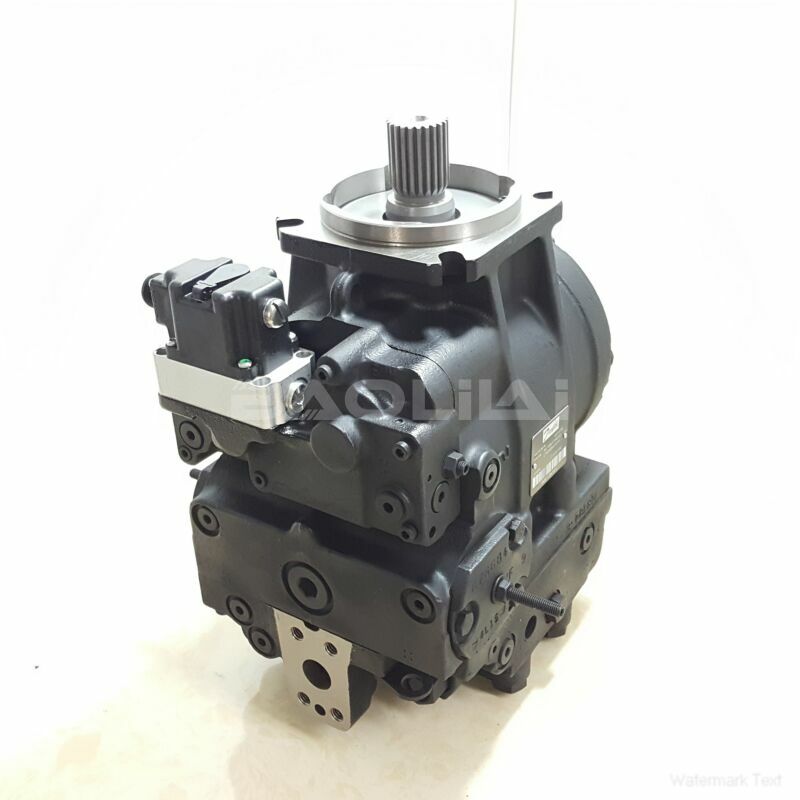90R100KA5NN80S3F1E03GBA383824 high pressure pump
90R100KA5NN80S3F1E03GBA383824 high pressure pump

- Product Details
- Applicable Scene
As global demand for minerals and metals continues to rise, the mining industry is under increasing pressure to adopt sustainable practices. Hydraulic oil pumps, fundamental components in various mining operations, are poised to play a critical role in enhancing the sustainability of land-based mining technologies. This article explores the future of hydraulic oil pumps in the context of sustainable mining, highlighting innovations, efficiency improvements, and environmental benefits.
90-R-100-KA-5-NN-80-S-3-F1-E-03-GBA-38-38-24
90R100KA5NN80S3F1E03GBA383824
The mining sector is traditionally associated with high energy consumption and significant environmental impact. However, advancements in hydraulic oil pump technologies are making it possible to reduce energy usage while maintaining efficiency and productivity. Future hydraulic systems are expected to integrate smart technologies, enabling real-time monitoring and optimization of oil flow, pressure, and temperature. This integration will not only enhance the performance of hydraulic systems but also minimize energy wastage, ultimately leading to a reduction in the carbon footprint of mining operations.

83018391
One of the key trends in the evolution of hydraulic oil pumps is the shift towards the use of biodegradable and environmentally friendly hydraulic fluids. Traditional petroleum-based oils pose significant environmental risks, particularly in the event of leaks and spills. The move towards bio-based hydraulic fluids made from renewable resources not only mitigates these risks but also aligns with broader sustainability goals. Manufacturers are increasingly investing in the research and development of hydraulic oils that are non-toxic, biodegradable, and provide high performance in various operating conditions.
Another important aspect is the development of energy-efficient hydraulic pumps. Modern hydraulic systems are being designed to operate at higher efficiencies, which directly contribute to lower energy consumption. Variable speed drives, for instance, allow pumps to adjust their operation based on real-time demand, reducing excess energy use during low-demand periods. Additionally, advancements in materials and designs are leading to lighter and more compact hydraulic pumps, further improving energy efficiency and reducing the overall resource consumption associated with their production and operation.





